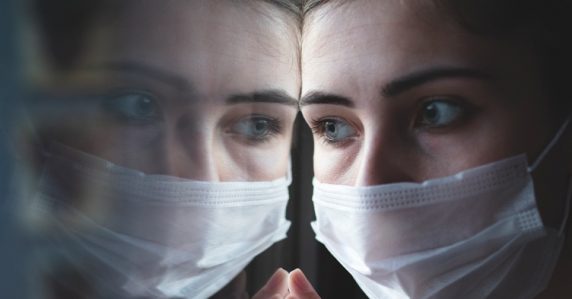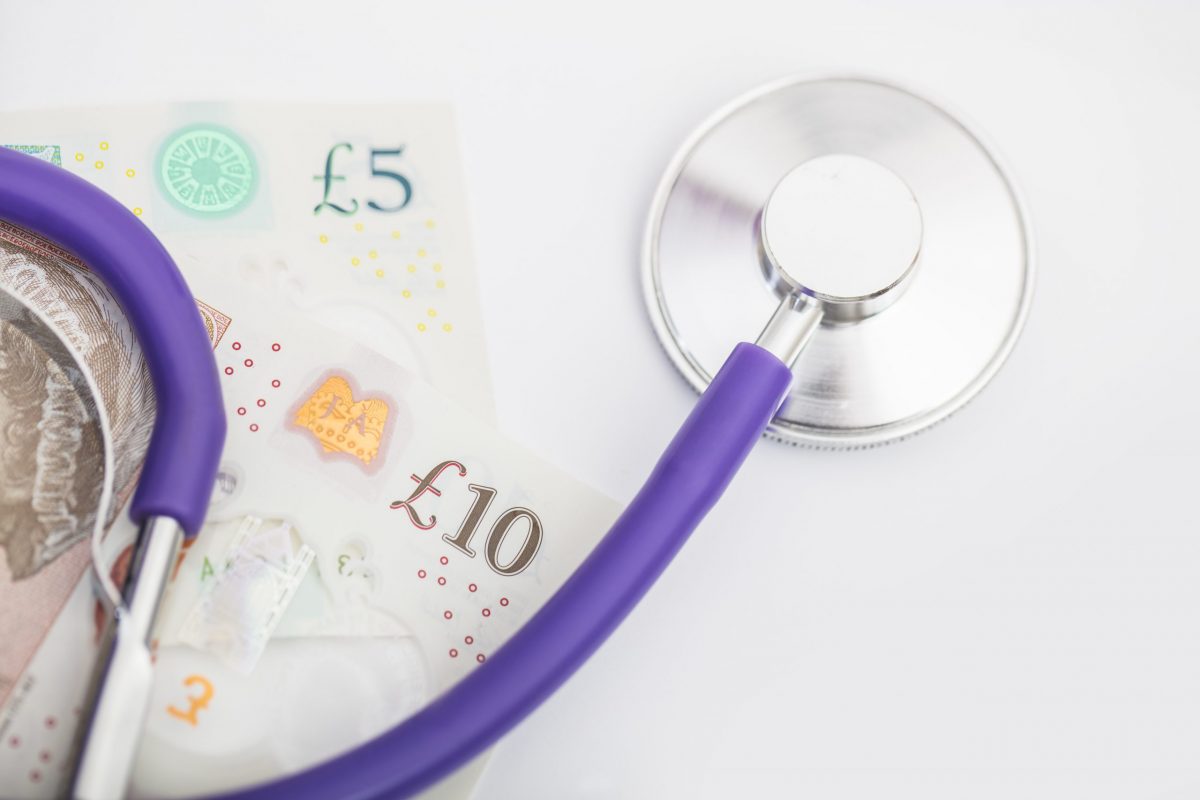Leaflets and videos to share with patients, and a reminder of safety netting guidance for GPs
Advice for patients:
NHSE have produced a comprehensive patient leaflet for patients with suspected coronavirus who have not been admitted to hospital and will be isolating at home. This includes how to interpret oxygen saturations
This youtube video advises patients how to use a pulse oximeter, the danger signs to look out for and when to call for urgent help
This information is sourced from the BMJ and NHSE:
- Maintain fluid intake – 6 to 8 glasses per day
- Identify someone to check in on you regularly if you live alone
- Record your oxygen level 3 times a day and take extra measurements if you feel there has been a change in your health
- Call your GP/out of hours service if you have have difficulty breathing, feel faint, stop passing urine, develop chest pains, are unable to keep down fluids or if your oxygen level deteriorates
Guidance for clinicians:
This information is sourced from NHS London clinical networks:
- Practices and services should maintain a list of known / suspected Covid-19 patients who they have agreed can stay at home
- Use your clinical judgement about how frequently they should be followed up by telephone or video consultation and record this decision
Patients assessed as at moderate risk should be followed up proactively in case they deteriorate:
- Daily phone to assess change in level of breathless at rest/ with usual activity and for daily pulse oximetry (supply pulse oximeter and a remote monitoring Covid-19 diary)
- Refer to secondary care if deteriorating saturations
- Discharge from follow up if symptoms improving and oxygen saturations stable or improving over 48 hours
Written by Dr Poppy Freeman
See also: Pulse oximetry















